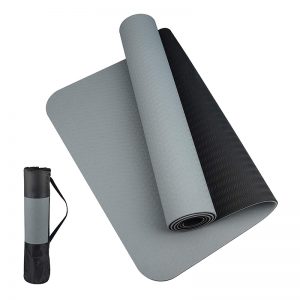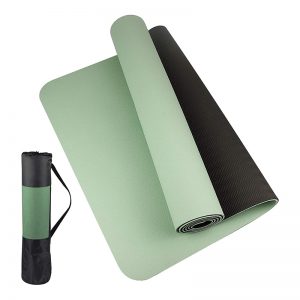In terms of personal needs, it depends on the form of yoga, because different schools of yoga have different learning points and different needs. If you are learning yoga that focuses on softness training, you spend most of your time sitting on a mat, then the mat is thicker and softer, so you can sit more comfortably.
But if the yoga is mainly Power Yoga or Ashtanga Yoga, the mat should not be too hard, and the requirements for slip resistance should also be higher. Why? Because the mat is too soft, it is very difficult to stand on it and do a lot of movements (especially the balance movements such as tree poses are the most obvious). And this kind of yoga action that will sweat a lot, if there is no mat with better anti-slip degree, slipping will occur.
If the action is not so static, nor does it sweat as much as running, is it somewhere in between. Which kind of mat should be used? The answer is “or choose a thinner one.” Because it looks like a car with a very soft suspension system, driving on a mountain road will be like a boat. The thick cushion (above 5mm) loses the feeling of contact with the ground, and it will feel “distorted” when doing a lot of movements. In foreign countries, most yoga practitioners love to use thin mats. This is the reason. If you feel that your knees are uncomfortable when the thin cushion is doing some kneeling movements, you can put a towel under your knees.




















